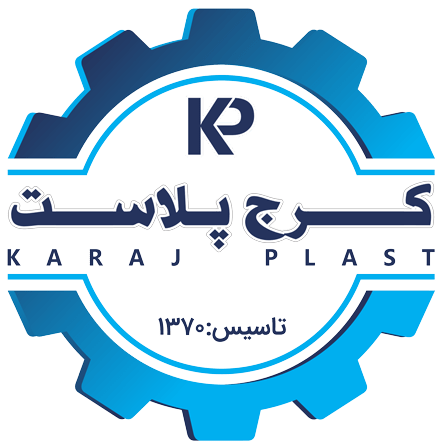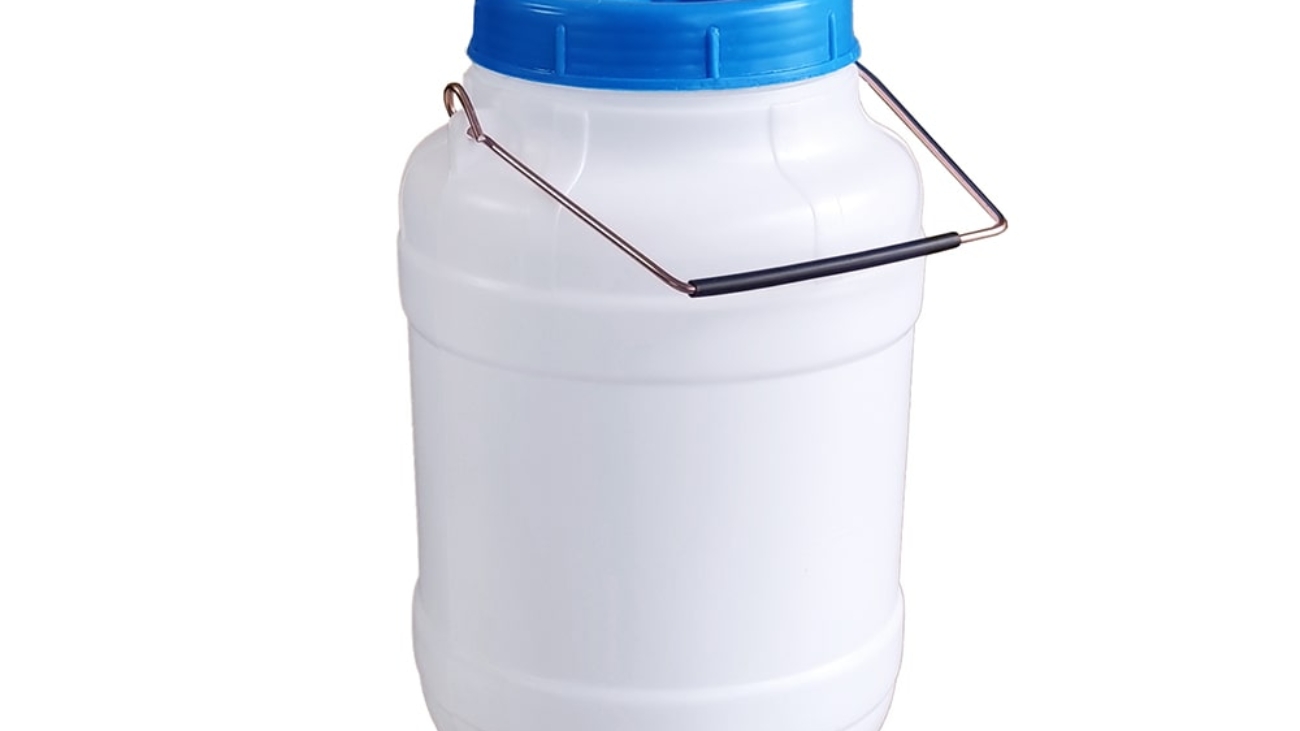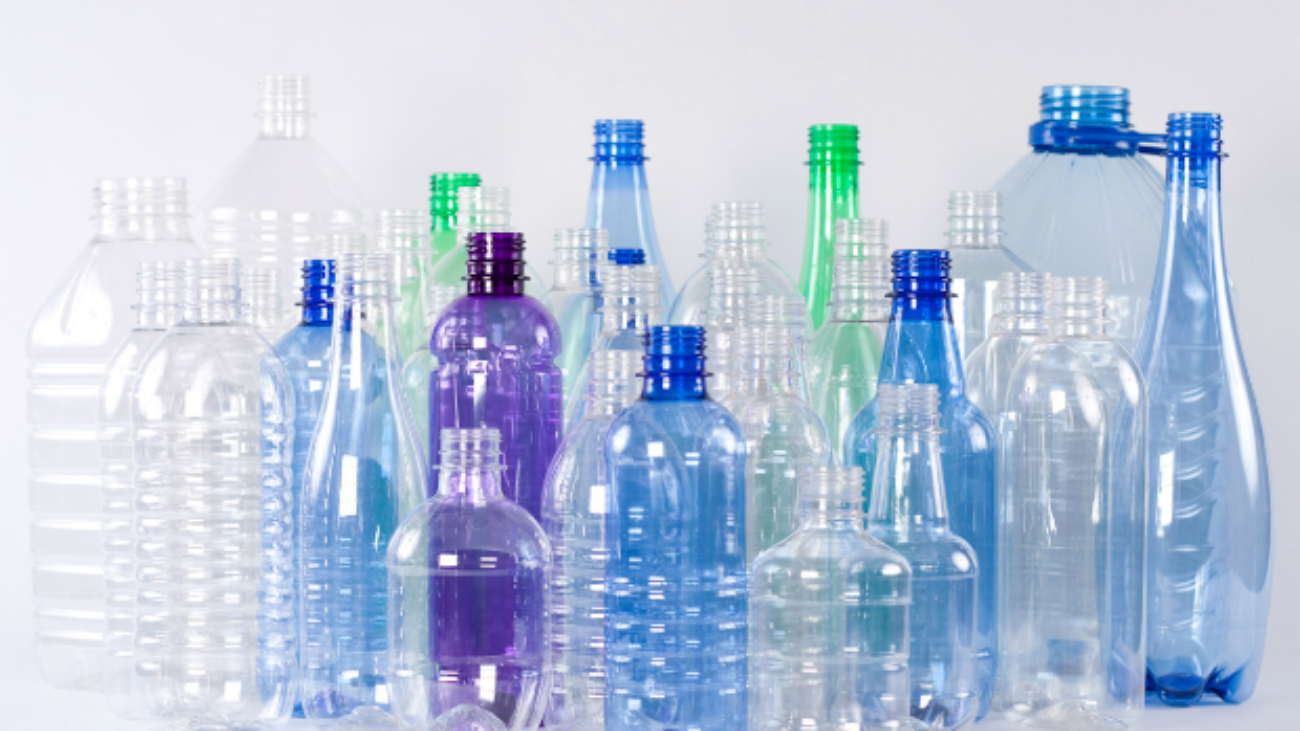Plastic gallons or buckets are usually cheap containers that can be easily procured and purchased. All types of plastic bucket models have good strength and are widely used for domestic and industrial purposes.
Plastic container factories produce buckets in a variety of capacities and models, and the question may arise for many people whether it is possible to produce the desired capacity of the bucket or not. In fact, factories can change the capacity of the gallons and buckets according to the customer’s order, but it depends on the quantity of the order, which should be a noticeable number due to the costs and expenditures.
People with home-based businesses and factory owners can order the capacity and model they want for the bucket and bucket factory, and then the relevant expert, after reviewing the order, will inform whether it is possible to produce the bucket with these specifications or not. In most cases, it is possible to produce barrels in various and desired capacities. In the following article, for more clarification, we will introduce you types of plastic bins, buckets, and gallons, plus their uses.
Types of plastic buckets
Plastic buckets are designed and produced according to the different needs of people in different sizes and shapes. Besides different sizes, plastic buckets are available in both opaque and transparent types. Transparent plastic bins are produced in sizes of 0.5 liter to five liters, which have a thin, yet durable body. This type of plastic bucket is used to store food items such as pickles.
Plastic buckets are also different in terms of body thickness. In fact, the thickness of the body is evaluated according to the weight that the bucket is supposed to bear. Buckets are produced in different models of round, handle shape, flat, inserted, and with screw or simple doors and wire or metal handles which you can choose the desired model according to your needs.
Uses and applications of plastic containers
As mentioned above, plastic buckets are produced in various dimensions in opaque or transparent that each of them has a specific application. In the following, we have described some applications of different types of plastic buckets.
Application of small plastic buckets
Small plastic bottles are produced in the dimensions of one, two, four, or five liters, so by small plastic bottles, we mean those with the capacity of less than 5 liters. Small buckets are usually thinner and use less raw materials, so they are usually cheaper. These types of buckets are used in small businesses or for personal and more home use.
Small plastic containers are commonly used for packaging and storing foods such as yogurt, Iranian Dough, syrup, and milk. Other uses of this type of bucket include its use in the packaging of detergents such as handwashing liquid, dishwashing liquid, and even glue and paint.
Small plastic buckets are designed and manufactured in various models such as transparent buckets, lid buckets, etc.
Application of 10 liters plastic bucket
Ten-liter plastic bucket is one of the sizes that is widely produced and used in Iran. In fact, these bins are very versatile due to their desirable capacity, and on the other hand, they are easy to transport.
Ten-liter plastic bins are designed and produced in various models such as flat, round, with handle, three-line, two-line, wide-open bins, etc. Many home businesses or factories choose one of the models according to their needs for maintenance, packaging, and supply of their products.
Ten-liter plastic containers with high heights and small openings are used to store liquids such as vinegar, and models with larger openings are used for packaging pickles, pastes, dyes, etc.
In addition to the model, ten-liter plastic bins are also different in terms of the type and material of the handle. Some bins have plastic handles, and some have metal handles. Some plastic buckets, called armrests, have handles of the same material as the bucket.
Application of 20 liters plastic bucket
One of the most widely used containers for packaging is the 20-liter plastic container because it has a large storage capacity, and products up to 20 liters can be easily packaged and stored, so it is very popular in the packaging industry.
While these containers have a high storage capacity, they are very light and can be easily moved if they are empty, and this can be considered as one of the reasons for the popularity of these containers. 20-liter plastic buckets can be used for packaging chemicals and food, and also some kinds of buckets used to store household products such as yogurt and milk.
A 20-liter plastic bucket is also used to store various liquids such as fruit juice, water, gasoline, oil, chemical liquids. Due to the fact that these buckets have a high volume, therefore, liquids cannot be easily removed and used. The body of these buckets is …. so that the liquids inside it can be easily discharged, which is called a 20 liter … bucket.
Application of 100-liter plastic bin
100-liter plastic bins, or the same as plastic barrels, have more industrial use due to their high capacity. This size is made of a high-quality polyethylene plastic bucket and has high strength and durability. Consumption of 100-liter plastic containers can be mentioned for storage of drinking water and liquids, as well as for storage of products of the chemical industry, food industry, paint…. Is also used.
100-liter plastic barrels are produced and supplied in various types with rims, multi-layers with different doors, all of which affect the price of these barrels.



